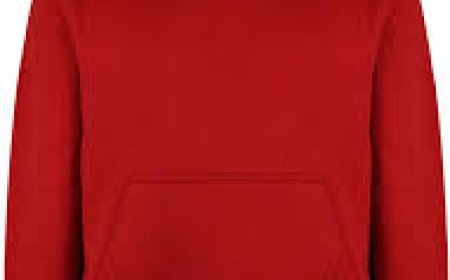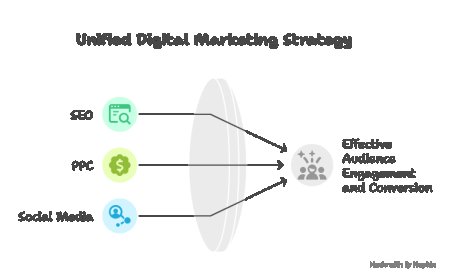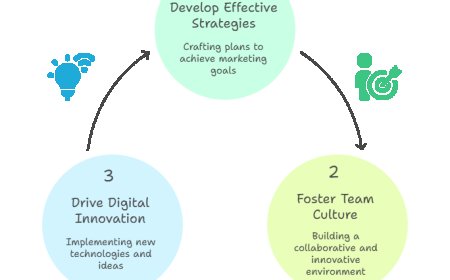There are 4 Key Print Expertises on Custom Textured Boxes
Learn about four of the best printing methods used to get custom textured boxes to drive branding and make impactful, luxurious packaging look.
Custom textured boxes deliver a special and high-end sensation to the packages, thereby distinguishing the products in stores and on e-commerce packages. But these boxes are not concerned with structure alone; instead, they are concerned with tactile involvement and luxurious packaging. To businesses that are interested in leaving a memorable impression, printing on textured surfaces opens up fresh creative horizons and technical opportunities.
The style of the logos, powerful yet refined, dense graphics, shows an idea of the proper selection of printing methods, providing clarity, as well as sticking to textures. The article explores four of the key methods that are most appropriate when it comes to printing your brand over the textured packaging and still preserving the functionality of the textured substr press so that your product stands out too.
Flexographic Printing
The custom Textured Boxes packaging produced by flexographic printing is suitable when running high volumes and when producing corrugated-based textures or kraft-based textures. This is a process of applying designs with the help of flexible relief plates and quick-drying ink. It is quite effective with daring designs, plain writing, or logos with minimal color schemes.
Flexo is very popular in the packaging industry due to its speed and cost-effectiveness. In surfaces with greatly textured details, however, ultra-fine detail is not recreated into sharpness. Flexo is best suited where simplicity, durability, and mass production are the main needs, which is why it is a good choice in the case of shipping or promotional Custom Textured Boxes wholesale delivery.
Screen Printing Technique
Screen printing is a manual procedure of squeezing ink through a screen object onto the surface of the box. This method is quite appropriate in Personalized Textured Boxes since it makes it possible to use large, high opacity color effects that lie on top of a textured ground.
Screen printing does not rely on the smoothness of the box as other techniques do, and therefore it is good in the cases of rough or embossed surfaces. It is perfect to use when doing limited editions, special editions, and high-end branding to the point where the textures of the ink can be used to enhance the mechanics of the material beneath. The drawback is only that it does not work as fast or as cheaply as other high-volume operations.
Texture Digital Printing
Digital printing is becoming very popular in small-run, one-to-one, or variable data jobs. In custom Textured Boxes with a logo, there is flexibility and full-fledged color output possible with digital printing. Yet, textured surfaces can possess valleys and peaks, and thus, only sophisticated inkjet printers using specialty inks can be used to achieve consistent, excellent results.
Although conventional digital printing processes might lack the permanent ink ability on rough paper, the latest UV inkjet technologies give a quick fix to curing ink immediately, so prints of high intensity are achievable on textured stock. It is an easy-to-adopt option whenever a brand requires regular changes to the design or is demanding a special run rather than a long-term, expensive setup or plates.
Hot Foil Stamping
Hot foil stamping is an excellent alternative to Textured Boxes packaging among brands that need luxurious finishes. In this technique, the box is covered with metal foil under heat and pressure so that such logos or highlights can glow on smooth fabrics, such as linen, leather, or embossed paperboard.d
The foil stamping uses a contrasting premium texture of the surface of the box with the design printed. Typical foil options are gold, silver, copper, and holographic. This trick is widely applied in cosmetics, jewelry, and gift boxes where appearance matters a lot. It cannot be used in full-color prints, but it is ideal to underline brand identity and sophistication.
Inks Compatibility Selection
With textured materials, it is very important to use the appropriate ink. Standard inks might not stick well to textured coating materials, or they absorb differently. UV-curable inks, pigment-based inks, inks solvent-based inks would be more efficient to be used in Textured Boxes with the logo since they are fast-drying and adhere strongly to non-congruent surfaces.
The viscosity of the ink and matte, gloss, or satin finish have to be selected depending on the texture of the box and any specific visual impression. Use of specialty materials requires the brands to do a test with different ink-substrate amalgamations to deliver high quality, insurmountable outcome that would be worthy of their professionalism.
Brand Identity Integration
Printing on corrugated boxes offers more than cosmetic benefits, the possibility to remind your readers about the brand story. Such methods as foil stamping and screen printing will give dimension to your logo, and digital printing will allow for including colorful brand colors and images on textured layers.
Using both texture and print effects together, you establish an immersive use of branding. Depending on the design and form of the logo, it should be applied similarly to your brand, be bold, elegant, organic, or modern, whether that is an embossed linen finish or a soft-touch matte coating.
Readability Optimisation
When printing on textured boxes, special care should be taken to legibly print. Fine text or other detailed images can be distorted by raised or embossed text. To prevent this, a designer must go bold with the fonts, high-contrast color scheme, and thicker lines when designing artwork that will be printed on personalized Textured Boxes.
Clear logos and taglines work best with screen and foil stamping; otherwise, digital and flexo work best with wider surface designs. Good pre-press work - proofs, texture-mapping needs to be done so your message will come out crisp and readable, yet never compromise the aesthetics of your texture work.
Sustainability Considerations
Due to the increasing consumer request for sustainable packaging, textured boxes in recycled or biodegradable material are getting in vogue. Luckily, there are environmentally friendly inks out in the market today that have now come into the picture, where they print well on even textured surfaces without being harmful to the environment by using water-based coating.
To eco brands, Custom Boxes wholesale made out of kraft board or FSC-certified paper, as well as the use of soy-based ink, is a luxury opportunity and an environmentally conscious factor as well. Both screen and flexographic printing can be made madegreen-friendlyy, although both support businesses to limit less and present more.
Conclusion
Custom textured boxes printing provides companies with a unique advantage as the visual effect is merged with the tactile luxuriousness. Accommodating the needs of the brand, each technique is deployed to serve an alternate purpose with the considerations of volume, budget, and branding objectives. Screen and digital printing serve both the custom and short run needs, and foil stamping projects the brand prestige by stamping on texturized surfaces.
Combining the printing technique with the material and design, businesses will be able to create the way of packaging which will impress people at first sight. Textured boxes packaging is a great sensory piece of branding, and given careful consideration, it can push product perception into new levels of market dominance.


















